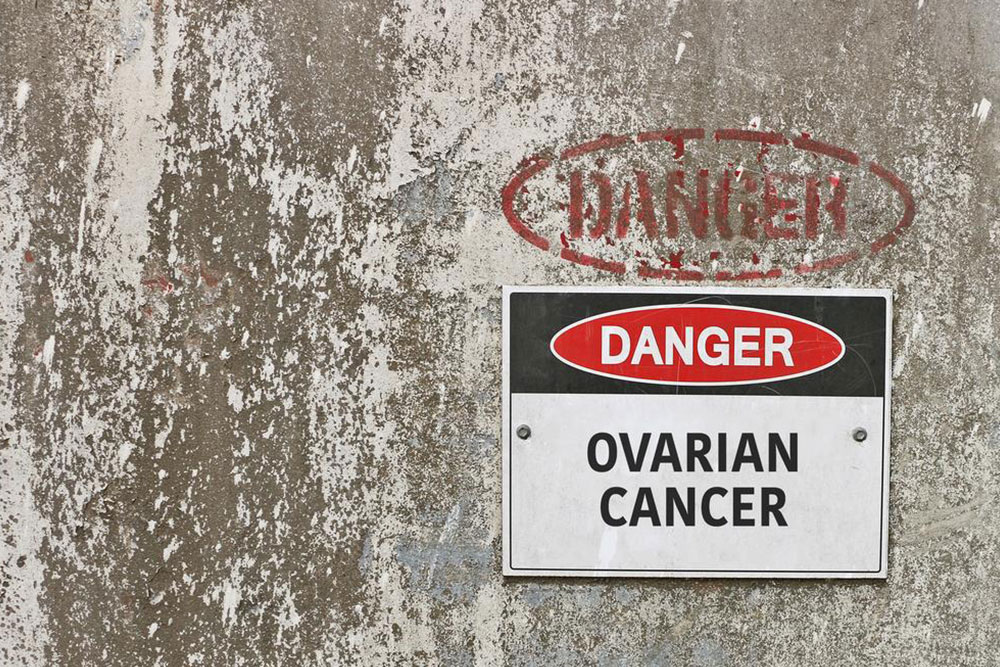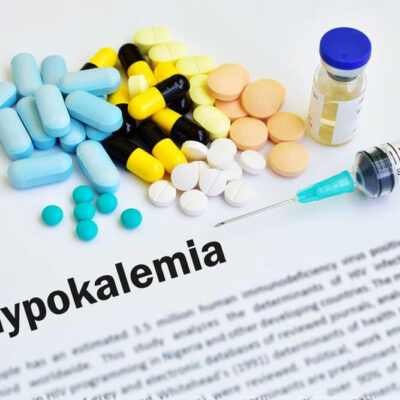
Treatment options for ovarian cancer
The ovaries are female reproductive glands that produce ova or eggs. Ovarian cancer is formed when abnormal cells in the ovary begin to multiply out of control, leading to the formation of a tumor. After diagnosed with ovarian cancer, the doctor will provide the treatment. The type of treatment performed depends on many factors, including the type of ovarian cancer, its stage and the health condition of the patient. The various treatments for ovarian cancer include:
Surgery: Surgery is often the first option in case of ovarian cancer. The level of the surgery usually depends on the stage of cancer.
- Hysterectomy – The aim of surgery is to remove the tumor, but a hysterectomy is often necessary. The uterus and any surrounding tissue that is affected are removed. The side effects of this surgery include pain at the incision site, swelling, or bruising at the incision site, burning or itching near the incision, or a numb feeling near the incision.
- Lymph node dissection – In this surgical procedure, lymph nodes in the pelvis and near the aorta are removed. The side effects of this procedure include a collection of fluid under the skin near the incision, changes in sensation such as pain or numbness, or swelling that occurs due to a collection of lymph fluid in the tissues.
- Salpingo-oophorectomy – It is a surgical procedure in which ovaries and fallopian tubes are removed. This surgery is considered to be highly effective in lowering the risk of breast and ovarian cancer. Salpingo-oophorectomy is termed as a safe procedure, but as is the case with any surgery, it has some side effects too. The side effects include bleeding, infection, or a bad reaction to anesthesia.
- Cytoreductive or debulking surgery – This surgery is a standard treatment for ovarian cancer. If cancer has spread beyond the pelvic area, the surgeon will remove as much visible cancer as possible.
Chemotherapy: Chemotherapy is a treatment provided to destroy cancer cells. Chemotherapy usually involves powerful medications administered through an IV. But in case of ovarian cancer, they work better if they’re injected into the abdomen. Side effects of chemotherapy may include fatigue, nausea, vomiting, hair loss, and sleeping problems. Treatment usually involves 3 to 6 chemotherapy sessions, which will be given 3 to 4 weeks apart, to allow the body time to recover. If cancer seems to grow back again, chemotherapy may be given again to shrink it.
Hormone therapy: In some cases, the doctor suggests using hormones or hormone-blocking medications in order to prevent estrogen from reaching the cancer cells. This treatment is called hormone therapy. Reducing the supply of estrogen slows the growth of the cancer cells.
Radiation therapy: Radiation is a less preferred option in treating ovarian cancer. This therapy involves high-energy X-rays, which helps in killing any cancer cells that are left over in the pelvic area. This therapy is mostly used if cancer has come back after treatment.
Only 20 percent of ovarian cancer cases can be diagnosed during the early stage. Scientists and doctors are currently finding better ways to detect ovarian cancer at an early stage.


